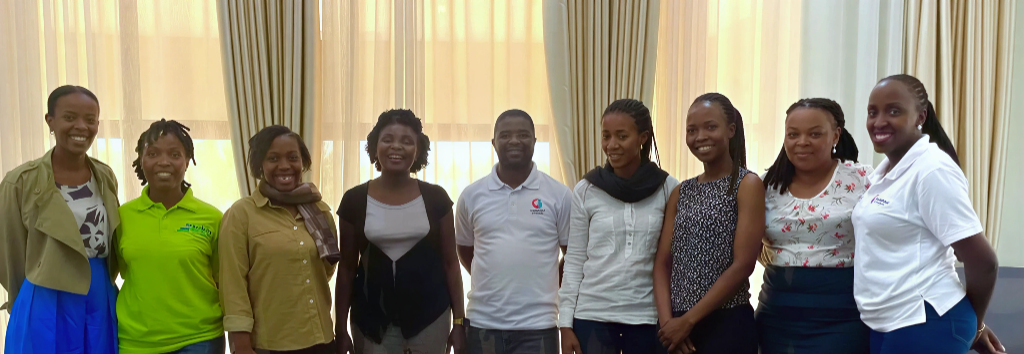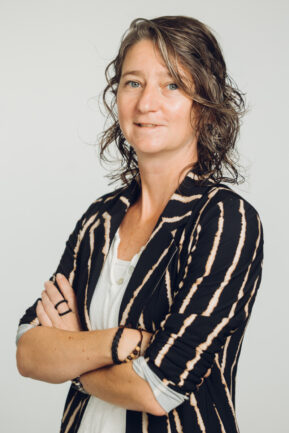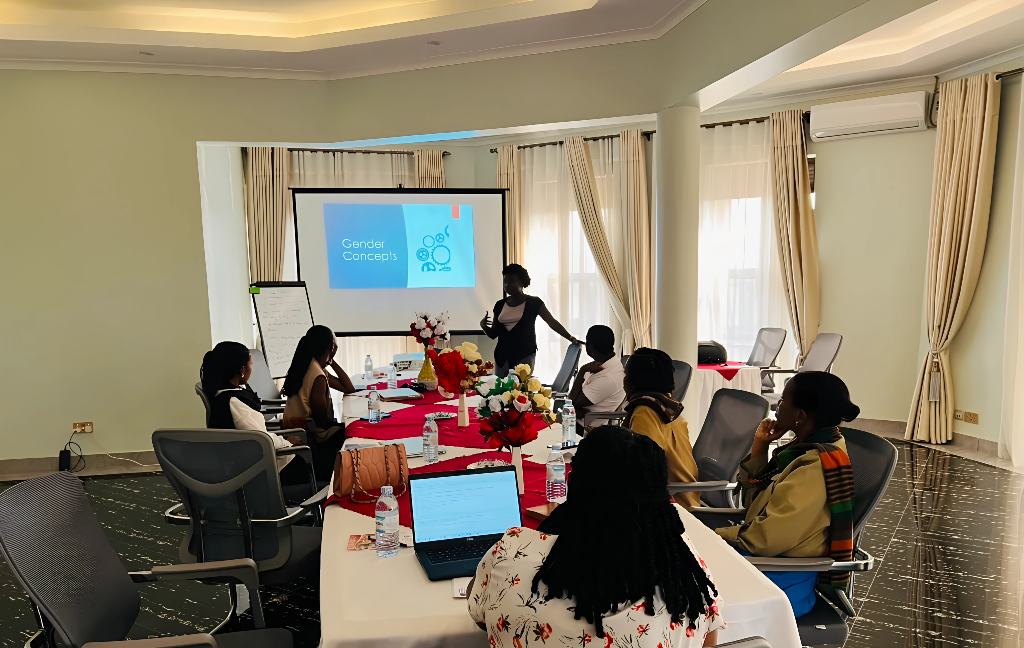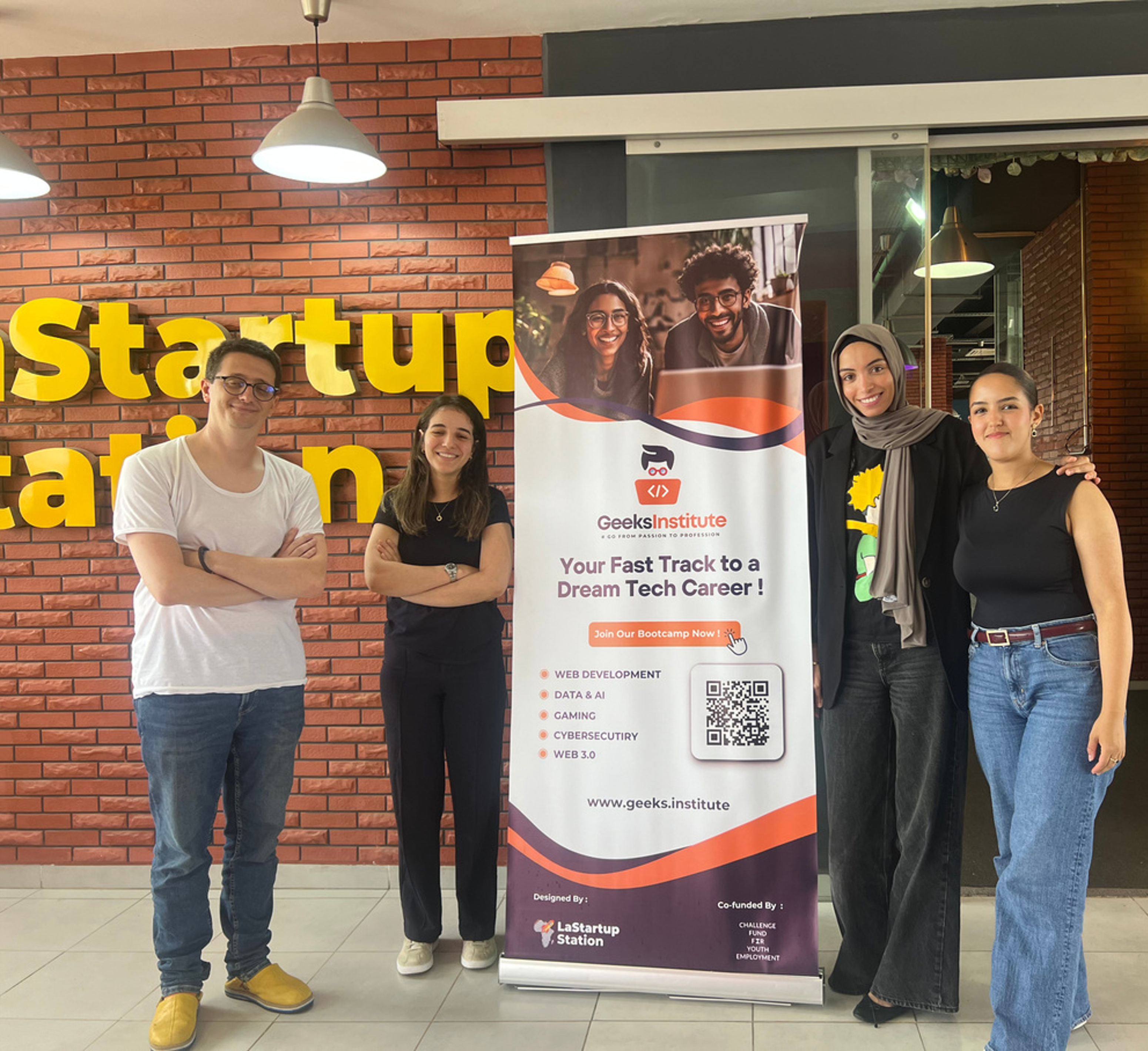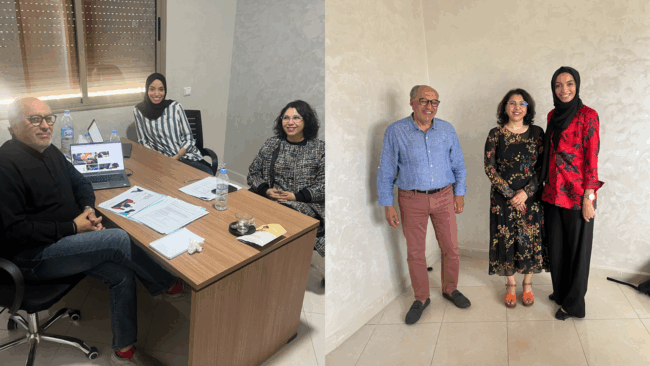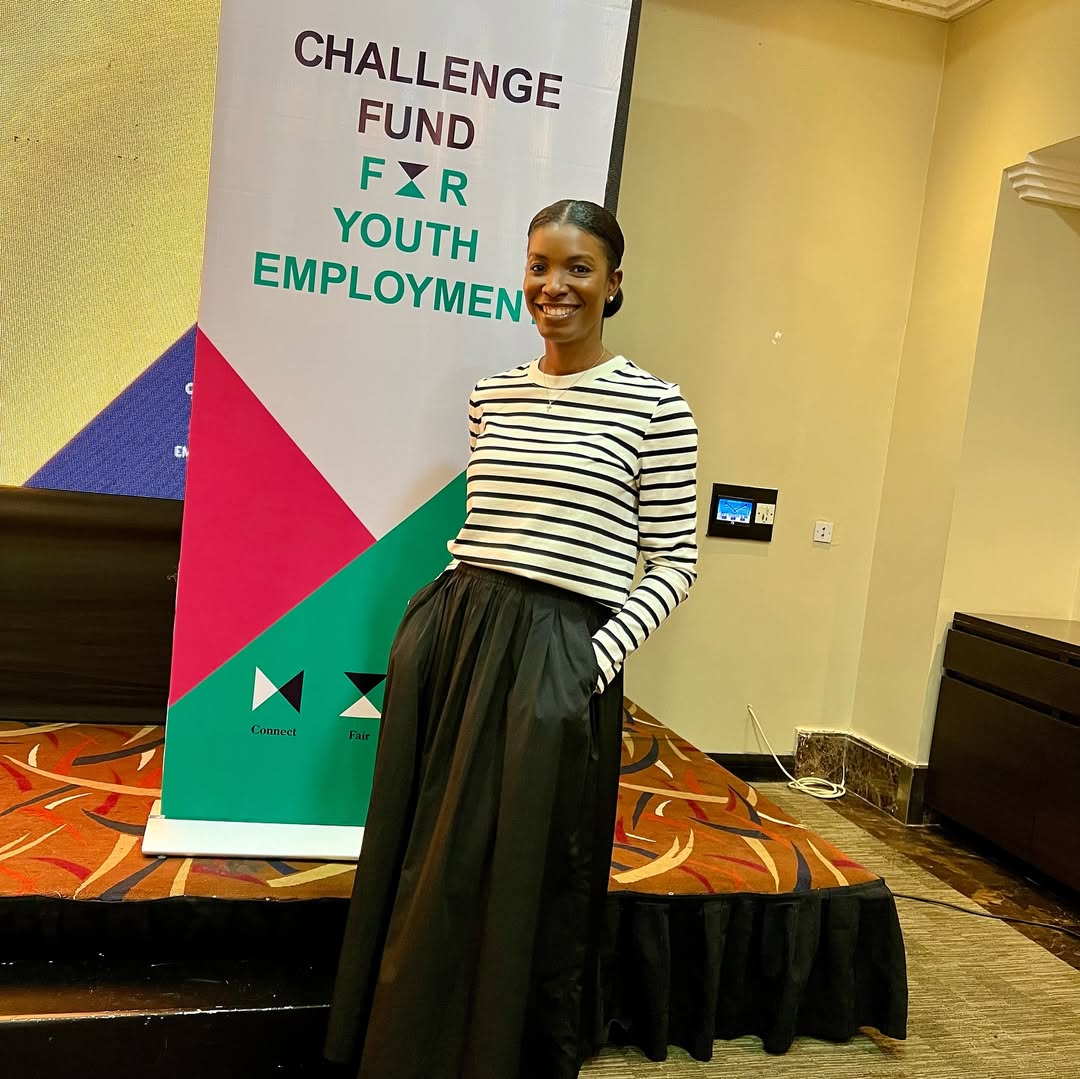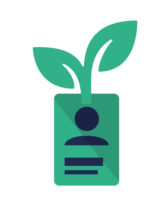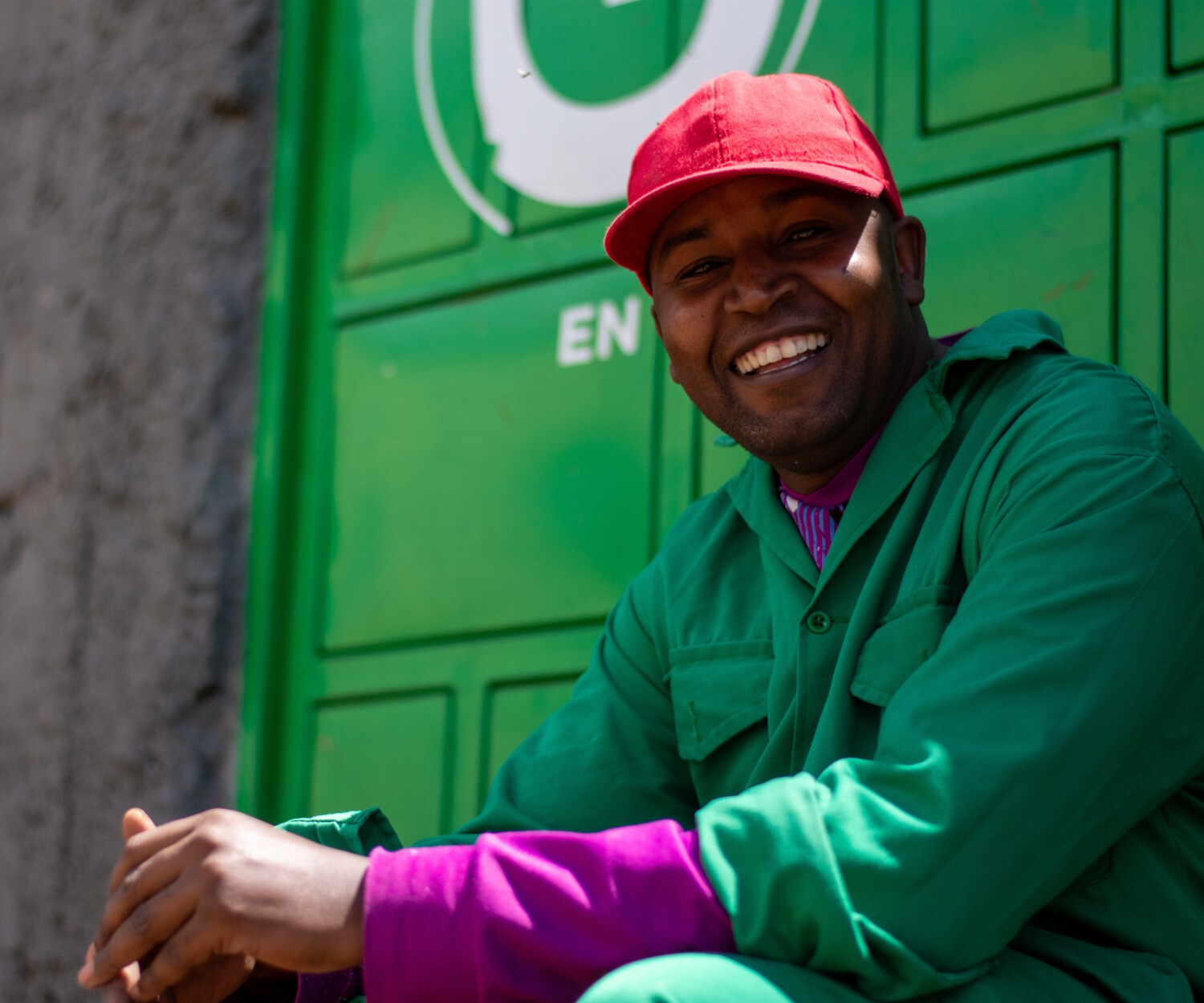How CFYE’s Gender Technical Assistance is Reshaping Business Thinking
In an age where gender equality is more openly championed than ever before, the lived reality for many remains one of exclusion, especially for women and girls in underserved or politically and economically fragile regions, including parts of Africa, who continue to face layered barriers to inclusion across social, political, and economic life.
Africa is growing fast – economically, demographically, and in global influence, but much like the rest of the world, this dynamism has not fully translated into equal opportunity. Today, over 60% of the continent’s population is under 25 yet youth-led initiatives receive less than 1% of global development financing. And while women make up more than half the population, they are consistently left behind or side-lined in policy, leadership, and resource allocation.
But even history has its rebels and at CFYE, we collaborate closely with our Implementing Partners (IPs) to challenge the status quo from the inside out.
Through our Technical Assistance (TA) offering, CFYE complements co-financial support with tailored guidance and training for IPs, ranging from leadership training, mentorship, and co-designing Gender Equality and Social Inclusion (GESI) strategies with the businesses, encouraging active participation and inclusion of women in the workforce.
From Global Tools to Local Tactics: A Shift in Strategy
Leading the gender TA effort at the Fund level is Janske van Eijck, who oversees a team of seven gender experts across CFYE’s portfolio countries. Her journey began nearly two decades ago in Tanzania, where a consulting assignment exposed her to the stark gender disparities in the biofuels and agriculture sector. Since then, her career has been dedicated to dismantling the barriers women face in economic life.
Initially, CFYE’s gender TA support was delivered through generalised webinars and toolkits, which was valuable, but not effective enough in the long term. Janske believed that true change required a localised approach. Today, CFYE still employs global tools, but pairs them with on-the-ground expertise to ensure interventions are rooted in local context and lived experience.
Breaking Bias, Building Trust: Juliet’s Approach in Kenya
The first local expert to bring this model to life was Juliet Tunje, who pioneered CFYE’s gender TA in Kenya. Raised in a marginalised community where early marriage and school dropouts were the norm for girls, Juliet defied the odds and dedicated her life to advocacy.
When stepping into her role at CFYE, Juliet was tasked with supporting her first cohort of IPs in integrating gender within their operations. This was a challenge in itself as this cohort was already half-way through their CFYE projects at the time, making it difficult to convince them that gender inclusion is both impactful and profitable.
“Some of the partners are social enterprises, so they value gender inclusion and already have gender policies in place. They have the commitment. The ones that are strictly for profit, are more of a challenge and might not sustain gender inclusion. It takes time and resources to invest in young women and introduce them to a new field, new tasks.” Juliet reflected.
Juliet knew that to make gender mainstreaming stick, it had to be more than a checklist. She worked closely with IPs to conduct gender diagnostics, co-create action plans, and integrate gender interventions into day-to-day operations, such as business meetings, community activities, and hiring practices.
But Juliet found that one of the most persistent barriers was not just operational – it was cultural. In many agriculture-focused communities and businesses, if a man was involved in a project, his wife felt her representation was already covered by him, leaving women not only excluded by policy, but by perception. To challenge this, Juliet employed community-driven tools like Gender Action Learning Systems (GALS) and mobilised local gender champions to facilitate deeper engagement, not only with companies but within households and communities themselves.
When Obligation becomes Ownership: Reframing Gender in Uganda
In Uganda, Annet Namunane brought a similarly strategic and participatory approach to addressing gender inclusion practices. With a background in advocacy and community development, she worked alongside IPs like Eco-Brixs, Opportunity International (OIUK), and Healthy Entrepreneurs to conduct gender analyses and co-design gender action plans tailored to business realities, ensuring that gender inclusion was not an “add-on,” but integrated into the core of their strategies and practices.
Much like her fellow gender experts, most IPs she worked with had not included gender mainstreaming in the design phase and only considered it once targets became difficult to achieve. For some, gender inclusion was still perceived as a compliance requirement – an external demand rather than a strategic advantage. Another common challenge was that business models are often designed without considering the specific barriers women face, such as time poverty, mobility constraints, or access to finance. For some, female leadership within the company was even interpreted as a compliance issue rather than a value driver.
Annet’s approach thus prioritised practicality. She encouraged businesses to listen directly to their employees and beneficiaries through participatory methods, grounding strategies in real-world constraints and opportunities to ensure both sides were heard and incorporated.
Her standout success was with Eco-Brixs, where gender mainstreaming training – designed to both raise awareness and help leadership and staff critically examine their practices, uncover unconscious biases, and create actionable solutions – led to gender-sensitive recruitment and staff retention policies. OIUK, on the other hand, adopted more flexible work arrangements and clearer career pathways for women.
“What stood out most to me was witnessing the shift from viewing gender inclusion as an obligation to embracing it as a driver of productivity, innovation, and staff well-being. Seeing organisations translate training into concrete policies with visible impact made this intervention especially rewarding.”
Formalising Inclusion: Turning Values into Practice in Morocco
Further North in Morocco, Hajar Eljahidi has worked on inclusion and gender equality across various geographical contexts, seeing firsthand how many barriers women still face to access equal opportunities and financial autonomy. Whether it was in formal labour markets or community-level initiatives, she kept encountering the same pattern: women’s potential was there, but the systems and structures did not allow them to thrive equally, which is what drove her to specialise in gender expertise.
Over the course of her TA assignment at CFYE, Hajar worked alongside IPs to co-construct gender inclusion strategies tailored to their realities and business models. She helped them articulate practical steps to achieve gender targets in ways that made sense for their operations whether it was through adapted HR processes, recruitment strategies, or workplace culture shifts.
“My role is not just to provide a framework, but to build solutions with them, so they feel ownership over the process so throughout the TA, I emphasise that gender inclusion is not just a donor requirement, but a lever for performance, innovation, and competitiveness. Diverse teams are proven to be more creative and more effective, and I help partners see how gender-responsive practices becomes an asset for growth, not a constraint.”
In practice, Hajar encountered two distinct organisational contexts within her assignment that shaped how gender inclusion strategies were implemented. In the industrial setting of Morocco Copper Foundry (MCF), entrenched structural constraints, ambitious gender aspirations, and limited access to skilled female labour heavily shaped recruitment challenges. In contrast, LaStartupStation, a young and dynamic ecosystem, lacked formal structures for gender inclusion, relying instead on goodwill and progressive spirit. These differences in starting points, structural rigidity versus informal flexibility, required tailored approaches, demonstrating that effective gender strategies must adapt not just to business goals, but also to contextual realities.
As such, Hajar’s intervention involved moving from informal values of inclusion to formal, operational practices, in order to reframe inclusion as a driver of performance, credibility, and innovation in the startup ecosystem. Hajar therefore focused on formalising practices: helping leadership transition from implicit values to explicit commitments, backed by policies, budgets, and monitoring. One ongoing challenge was resourcing or rather ensuring gender initiatives weren’t relegated to a “nice-to-have” status but treated as essential components of performance, innovation, and credibility in the ecosystem.
Across both IPs, the underlying issue was the same: gender inclusion was often seen as symbolic, rather than strategic. Hajar committed herself to shifting this mindset by building trust, co-designing solutions, and helping partners see gender inclusion not as a donor-driven requirement, but as a business advantage they could own and grow.
Inclusion by Design not Default
If Hajar’s work was about helping businesses formalise their values, Ijeoma Adesanya’s journey began with noticing what was missing altogether.
Before joining CFYE, she spent eight years in the finance sector, where she witnessed firsthand the systemic barriers women faced, especially working mothers returning from maternity leave. The absence of supportive policies and the lack of female representation in leadership planted a seed that would later grow into a mission in 2020 when she founded her own consulting firm focused on gender empowerment.
At CFYE, Ijeoma encountered partners at different stages of readiness. Some needed practical fixes, such as helping WowBraids secure national IDs for women in rural areas, eliminating a major hurdle to programme participation. Others, like CC Hub, needed deeper strategic guidance in sectors like tech, where gender gaps were amplified by digital exclusion and unconscious bias.
From designing diagnostic scorecards and tools to conducting school outreach and advocating for inclusive workplace amenities like lactation rooms, Ijeoma’s work spanned both structural reform and cultural transformation. But at the heart of it all was mindset, where she devoted her time to not only helping organisations see inclusion differently, but empowering women to see themselves differently, too.
“Structural change is important,” she explained, “but mindset change is what creates momentum. When women see each other succeeding, it motivates them and multiplies the impact.”
When Equity drives Enterprise: The Business Case for Inclusion
Across these four countries and countless interventions, CFYE’s gender Technical Assist ance is doing more than supporting IPs to meet their gender targets – it is co-creating and supporting businesses to embed gender-sensitive business processes that last. Each gender expert brings their own lived experience and strategic insight to the table, but they share one common belief: gender inclusion is not a checkbox; it is a catalyst for growth and sustainability.
By tailoring solutions to local realities, embedding gender into core business strategies, and cultivating ownership among partners, these gender TA assignments showcase that inclusive employment is not just possible – it is profitable, sustainable, and transformative. In a continent where youth and women represent the future, CFYE’s approach offers a roadmap for inclusive growth that proves with the right support, gender equality moves from the margins to the mainstream and businesses thrive because of it, not in spite of it.
More stories
Interested in more?
Vacancy
Animated Infographic – CFYE Evolution
 Ilaria Blasi
Ilaria Blasi
 August 19, 2025
August 19, 2025
